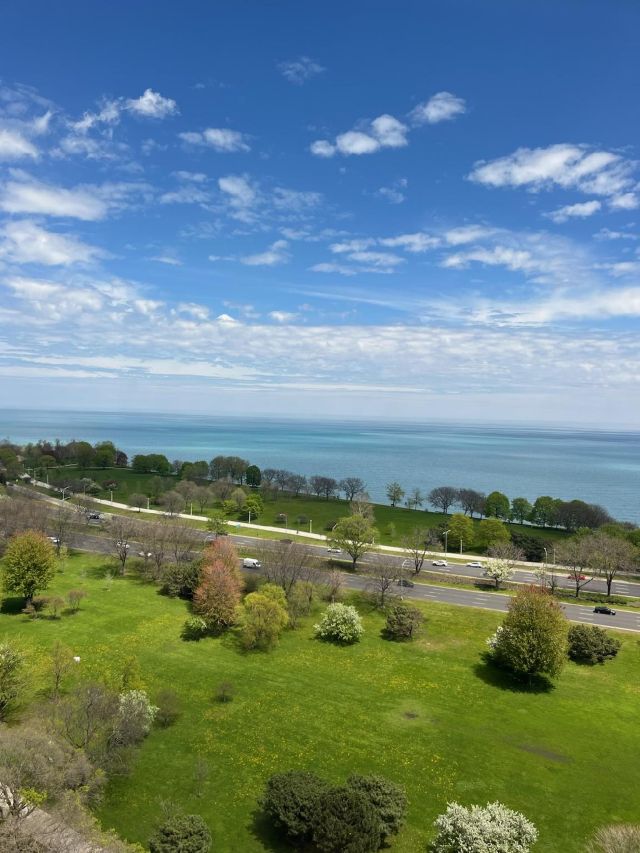Four lucky hunters will get goat tags
Published 4:00 am Monday, November 24, 2003
The Oregon Department of Fish and Wildlife for the first time is offering raffle tickets for Rocky Mountain goat hunting tags for the 2004 season.
”Rocky Mountain goat tags are the hardest tag to draw in the state,” said Don Whittaker, program coordinator with the ODFW for bighorn sheep and Rocky Mountain goats.
The raffle is expected to bring in funds that will help the ODFW’s effort to increase Rocky Mountain goat numbers in the state and introduce them to new areas, including the Three Sisters Wilderness.
Only four tags will be offered in 2004 for Rocky Mountain goats. Two will be through the controlled hunt process, and two will be through the raffle. Controlled hunts last 12 days, while holders of the raffle tags will have the months of September and October to harvest a goat.
The odds will be long for a hunter to get a goat tag with either method. In 2002, for example, more than 5,000 hunters applied for four tags.
However, a hunter could improve the odds by buying multiple raffle tickets. Cost is $11 for one ticket, $51 for six tickets, or $101 for 13 tickets.
The raffle tags are available because earlier this year the Oregon Legislative Assembly adopted a statute authorizing the Oregon Fish and Wildlife Commission to issue one auction tag and one raffle tag for mountain goats.
But only four tags are available, the commission decided that using one of the tags for an auction would price most Oregon hunters out of an opportunity for a tag while at the same time reducing their chances through the controlled hunt process or the raffle tag.
”As we get more goat tags in the future, then it won’t be that big of an issue,” said Vic Coggins, an ODFW biologist based in Enterprise. ”We’ve only got four goat tags right now.”
Currently, as with bighorn sheep, a person can hold only one controlled mountain goat tag in a lifetime. No tags are currently available for nonresidents.
Auction tags for bighorn sheep in Oregon have brought in significant cash for that program, with one tag selling for $110,000. But goat tags, Coggins said, generally don’t draw that kind of money.
”They just don’t bring the money that sheep do,” said Coggins, who has seen Rocky Mountain goat tags auctioned in other states. ”Generally, between $10,000 to $15,000. So a raffle will probably produce more than that.”
Rocky Mountain goats became extinct in Oregon in the late 1800s due to overhunting and severe weather conditions on isolated populations. Since 1950, the ODFW has made 12 transplants of 110 goats to four mountain ranges in Oregon, leading to a current estimated population of 400 individuals in three main herds, all in northeast Oregon.
The ODFW approved a season for mountain goats in 1965 in the Wallowa Mountains and hunters killed 20 goats. But the goat population declined and hunting was halted after 1968, not to begin again until 1996.
”We do know that (goats) are very susceptible to being overharvested,” said Coggins. ”It has to do with their social structure. It’s hard to tell the nannies from the billies. They both have horns. It takes quite a bit of study to tell the difference, and if you take (kill) some of the dominant nannies it really affects the herd.”
This susceptibility to overhunting is why the ODFW is issuing only four tags in 2004, which equates to about 1 percent of the goat population in Oregon.
The ODFW is planning to trap goats this summer out of the Elkhorn Mountains, using a salt lick to draw the goats in and then capture them with a drop net. Coggins said the ODFW had not yet decided where to transplant the goats. Besides the Three Sisters Wilderness, nine other sites also have priority 1 status.
Money to pay for reintroducing goats to Oregon and continuing to transplant them to new areas comes from Oregon hunters and hunting organizations such as the Foundation for North American Wild Sheep, Coggins said.
Keith Ridler can be contacted at 383-0393 or kridler@bendbulletin.com.






